How to Invest in Copper? 6 Types of Copper Investment & benefits

Investing in copper is a tool investors use to diversify their portfolios. Copper is a widely used tool, and is available in six main forms, like futures, ETFs, stocks, physical copper, CFDs, and options.
Copper futures are the most common way to buy copper. A copper futures contract is an agreement to sell or buy copper at a specific date in the future. Exchange traded funds track copper indices, which carry the stock of major copper companies.
Physical copper is purchased directly in the form of bars, rounds or ingots from dealers and exchanges.
Copper CFDs allow speculating on copper prices without owning the underlying asset. Copper options give the holder the right but not the obligation to buy or sell copper futures at a predetermined price on or before a specific date. Each form has its own pros and cons in terms of risk, return potential, and investment goals.
1. Copper Futures
A copper futures contract is an agreement between traders to sell or acquire copper at a specific date in the future. Copper futures are the most common way to measure the price of copper because they can be traded almost 24 hours a day, six days a week. With copper futures, both businesses and individual investors trade this extensively used metal.
A copper futures contract is a legally binding agreement to buy or sell a specified amount of copper at a predetermined price and date in the future. Here are some key aspects of investing in copper futures. You will be able to buy copper futures contracts through commodity exchanges like MCX and NCDEX by opening a trading account with a broker. The minimum contract size on MCX is 1 metric ton. There is no maximum investment limit, but brokers may have limits based on your margin availability.
The average annual return can vary significantly based on market conditions and timeframes. Research shows copper futures have returned around 5-10% annually over longer periods. You need to pay brokerage charges, exchange charges, and other statutory levies. These are usually a small percentage of the contract value.
rofits from copper futures are treated as business income and taxed as per applicable income tax slabs. Copper futures allow portfolio diversification, hedging against price risks, and the potential for leveraged gains.
2. Copper ETFs
Copper ETFs are investment vehicles that track the price of copper. A copper ETF is a fund that aims to replicate the performance of copper prices by holding copper futures contracts or investing in companies involved in copper mining and production.
Copper ETFs are bought and sold like regular stocks through brokerage accounts on major stock exchanges. There is typically no minimum investment amount required for most copper ETFs, and investors can purchase as little as one share. The maximum investment amount varies based on your available funds.
Copper ETF returns have been highly volatile, with an average annual return of around 5-10% over the last 10-20 years, but with significant fluctuations based on copper demand and supply dynamics. Copper ETFs charge an annual expense ratio, typically ranging from 0.49% to 1.20% of the fund’s assets under management.
Tax Implications: Gains from copper ETFs are treated as capital gains and are subject to applicable capital gains taxes.
Copper ETFs provide exposure to copper prices, portfolio diversification, and potential for leveraged returns. Investors should thoroughly research and understand the risks before investing.
3. Copper Stocks
Copper stocks refer to the shares of companies primarily engaged in the copper mining, extraction, and production business. Copper stocks explore, develop, and operate copper mines, as well as process and refine the metal for various industrial applications.
Investors either directly buy shares of copper mining companies listed on stock exchanges through a brokerage account. Or they buy through ETFs that track the copper mining industry or a basket of copper stocks offer diversified exposure to the sector.
Some mutual funds, particularly those focused on natural resources or commodities, may have significant investments in copper stocks. There is typically no minimum or maximum investment amount for buying copper stocks directly. However, brokerage firms may have account minimums, and mutual funds and ETFs may have minimum investment requirements.
The average returns on copper stocks vary significantly depending on the time frame, market conditions, and individual company performance. Over the past 20 years, the copper mining industry has experienced periods of strong growth and volatility, reflecting changing supply-demand dynamics and global economic cycles.
Investors in copper stocks may be subject to capital gains taxes on any profits realized from the sale of shares. Additionally, dividend payments from copper companies may be taxable as ordinary income.
4. Physical Copper
Physical copper refers to buying actual copper in the form of bars, coins or ingots, as opposed to investing in securities related to copper. Physical copper can be purchased from bullion dealers, commodity exchanges like MCX and NCDEX, and some banks. Popular options are 1kg copper bars or Copper ETFs that hold physical copper in vaults.
The minimum investment amount is around Rs 3,000 for 100g copper coins.
There is no maximum limit. Returns come from price appreciation of copper based on global rates and rupee exchange rates.
Over the last 5 years copper prices are up about 18%, while the 10 year and 20 year returns are -4% and 80% respectively. Charges include making charges, premiums over spot price, storage and insurance fees. Physical copper held for over 3 years is considered a long term capital asset and taxed at 20% with indexation.
Short term gains under 3 years are added to income and taxed at slab rates. Benefits are portfolio diversification, inflation hedge as copper prices rise with inflation, and no default risk. Storage and lower liquidity are drawbacks versus financial instruments.
5. Copper CFDs
Copper CFDs or Contracts for Difference are derivative instruments that allow traders to speculate on copper prices without owning the underlying asset. Copper CFDs are offered by trading platforms like MetaTrader 4/5, trading brokers like ICICIDirect, Upstox etc.
The minimum investment amount is usually around ₹10,000-25,000 as margin requirement. There is no maximum limit. Returns come from correctly predicting price movement of copper futures prices on MCX.
Over the last 5 years copper prices are up about 18%, while the 10 year and 20 year returns are -4% and 80% respectively. However, individual CFD returns may differ based on leverage used and trade outcomes. Charges include brokerage, spreads, overnight funding costs. Profits from copper CFDs held for under 1 year attract short term capital gains tax as per income tax slab.
Over 1 year, they attract 20% long term capital gains tax. Benefits are the ability to take leverage for larger exposure with small capital, potential to profit from both rising and falling prices. Risks are potential losses from leverage, expiry dates, volatility.
6. Copper Options
Copper options are derivative contracts that give the buyer the right, but not the obligation, to buy or sell copper futures at a predetermined price on or before a specific expiration date. Copper options are available on commodity exchanges like MCX and NCDEX. The minimum investment is the premium paid for the options contract.
There is no maximum limit. Returns depend on the price movement of the underlying copper futures versus the strike price of the option. Data on historical returns of copper options specifically is limited, but would be a function of underlying copper price trends. Charges include brokerage fees and exchange charges. Profits from copper options held for under 1 year attract short term capital gains tax as per income tax slab.
Over 1 year, they attract a 20% long term capital gains tax. The benefits of options are limited downside risk, leverage for bigger exposure with less capital and the ability to hedge commodity price risk. Risks include potentially losing the entire premium paid and the complexity of valuing options.
What factors affect Copper Supply and Demand?
Copper prices are affected by factors such as problems in the supply chain, changes in global demand caused by industries like construction and making equipment, changes in the value of the dollar, and political events.
The state of the world economy has a big effect on the price of copper due to supply and demand. This is because it is used in many different areas of the economy, including building, electronics, power generation and transmission, and construction. The base metal, which is sometimes seen as a good leading indicator, reflects changes in supply and demand. If the market price goes up, it means the economy is doing well.
When Should You Buy Copper?
You should buy copper when you believe prices are low relative to potential future demand and are looking to diversify your portfolio’s exposure to industrial metals. Copper prices tend to perform well during periods of strong global economic growth and rising manufacturing activity.
For example, the value of the US dollar goes down, then it will cost less in one’s own currency to buy the same amount of copper. Copper gets cheaper to buy. then In most cases, this would cause more people to want copper, which would cause prices to go up.
What is the ROI of Silver?
According to Statista, the rate of loss on investments in silver around the world in 2023 was about 0.66%. This is a big drop in the performance of the investment compared to the previous year, when returns on silver investments were almost 2.77 percent. Such fluctuations often mirror trends in the stock market, where the performance of commodities can be closely tied to stock market dynamics.
What is the best way to invest in Copper?
Easy way to invest in copper is copper futures and exchange traded funds (ETF). Another simple way to gain exposure to copper prices is through publicly traded stocks of companies that mine and produce copper. Additionally, retail investors can buy physical copper in the form of bars and rounds online or from bullion dealers.
Why should you invest in Copper?
You should invest in copper because investing in copper provides an opportunity to benefit from the increasing demand for this metal. With rapid urbanization and rising electricity needs in emerging economies, demand for copper is projected to steadily rise over the next decade. Investing in copper act as an inflation hedge as prices tend to rise during periods of higher inflation. Adding exposure to copper can provide portfolio diversification away from stocks and bonds.
What are the risks of investing in Copper?
The main risk of investing in copper is price volatility. The copper market is highly volatile due to fluctuating factors like economic conditions, geopolitics, and supply and demand dynamics. This can lead to unpredictable price movements that are difficult to forecast. Investors should be prepared for potentially wide price swings when investing in copper.
Copper demand is closely correlated with the health of the global economy. During recessions or periods of weak economic growth, demand for copper declines as industrial activity slows. This can adversely impact copper prices in times of economic uncertainty. Investors need to factor in broader macroeconomic trends when assessing the copper market.
Supply disruptions stemming from political instability, conflicts, or policy changes in major copper-producing countries can severely impact available supply. This in turn can cause sharp price fluctuations. Investors need to monitor geopolitical developments in key copper producing nations and how these could affect supply and prices.
China’s broad industrialization has made it one of the largest consumers of copper globally. A meaningful slowdown in China’s economic expansion could directly reduce global copper demand and weigh on prices. China’s broader growth trajectory is a key variable for copper investors.
Advances in materials science and changes in preferences may lead to substitution away from copper toward alternative metals like aluminum or composites in certain applications. This could curb copper demand growth and prices. Investors should watch for technology developments that allow replacement of copper.
Is it better to buy Copper or Silver?
Copper may be better for investors who want exposure to base metals used in industrial applications and infrastructure, while silver is seen more as a precious metal for hedging inflation and economic uncertainty. Both offer portfolio diversification.
Is it better to buy Copper or Gold?
Copper could be preferable for investors seeking more direct exposure to global economic growth and the outlook for manufacturing activity, while those who invest in gold find it more attractive as a safe haven investment and hedge against financial market volatility. Both copper and those who invest in gold recognize the portfolio diversification merits of these metals.









 Previous Article
Previous Article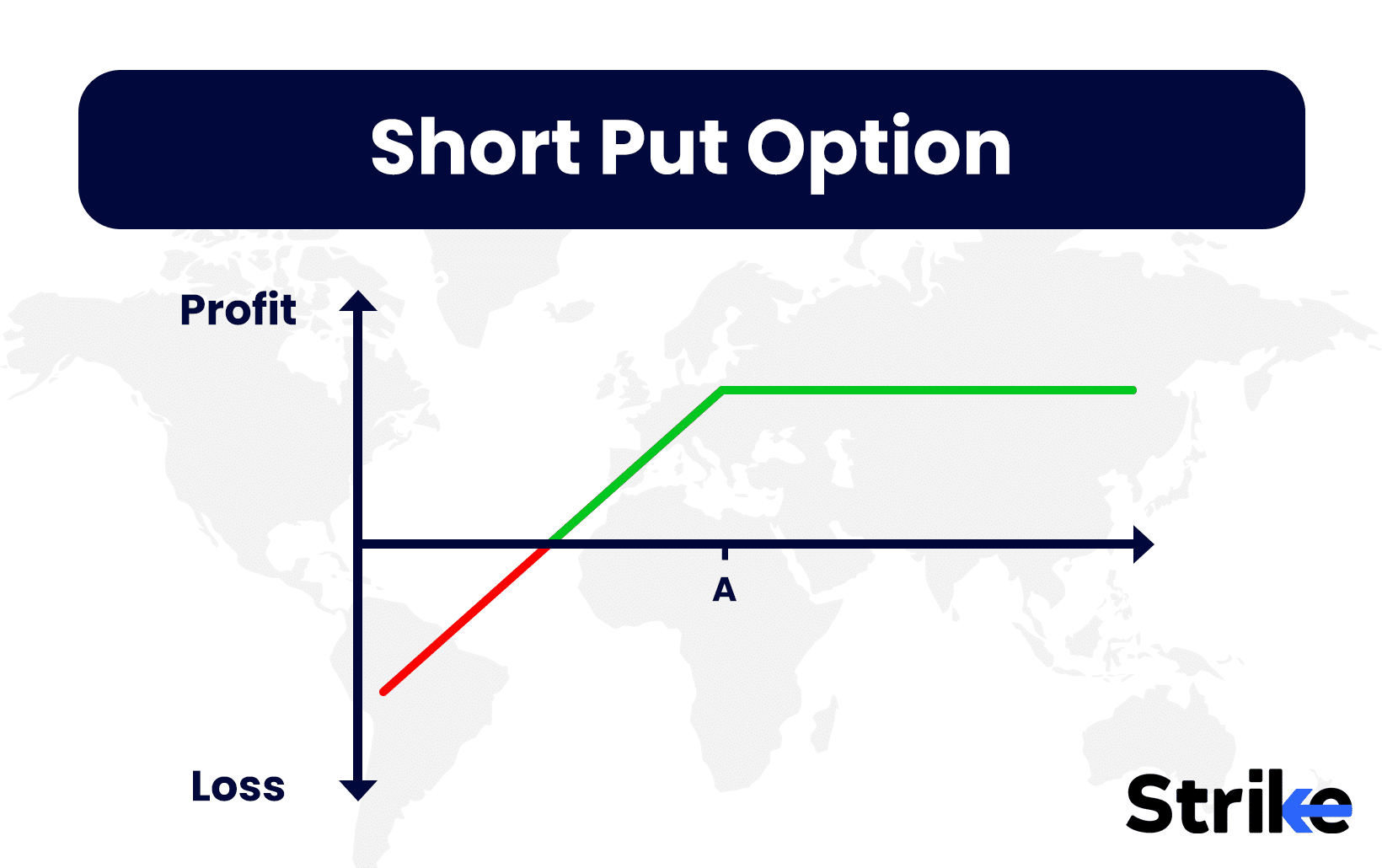
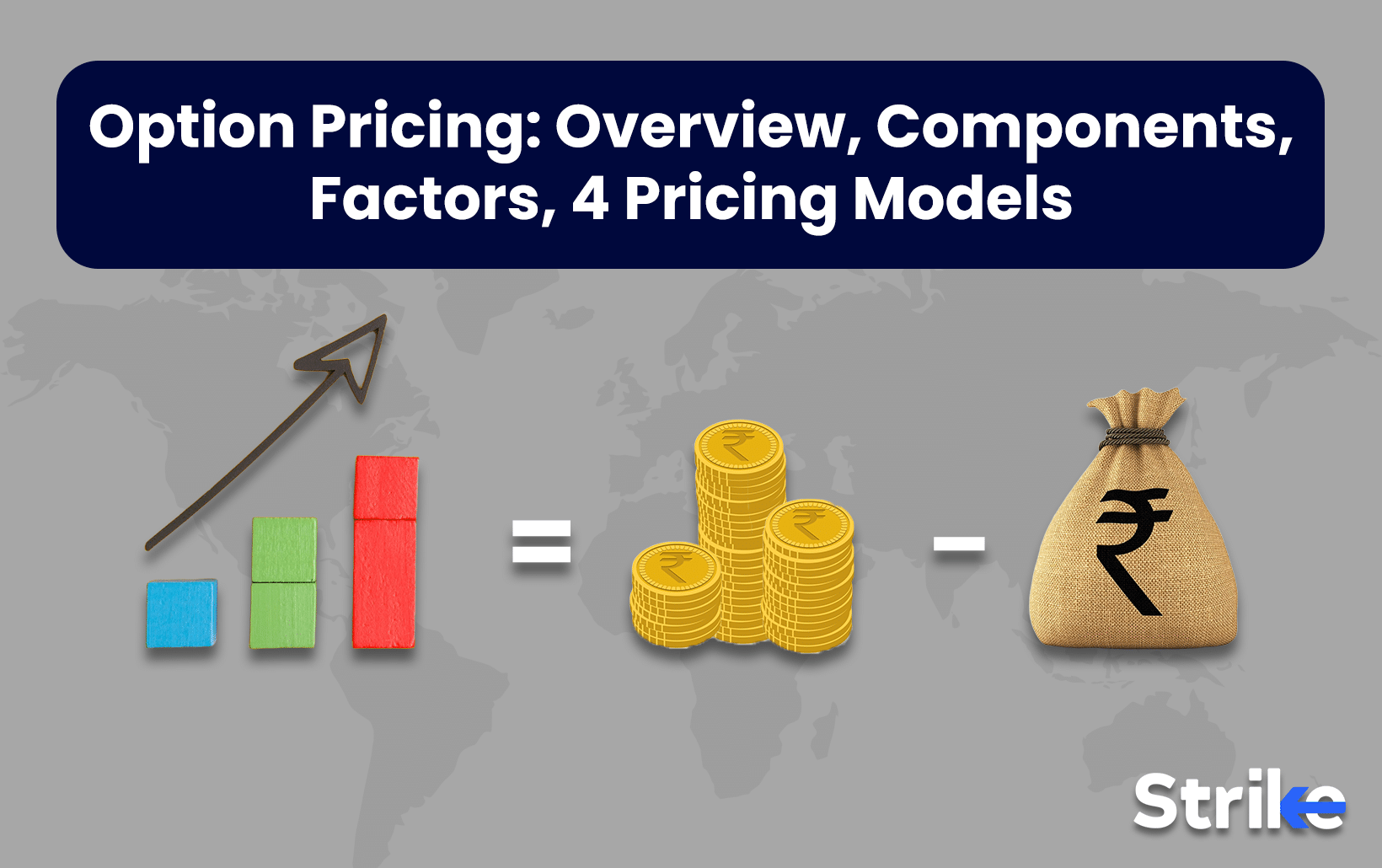
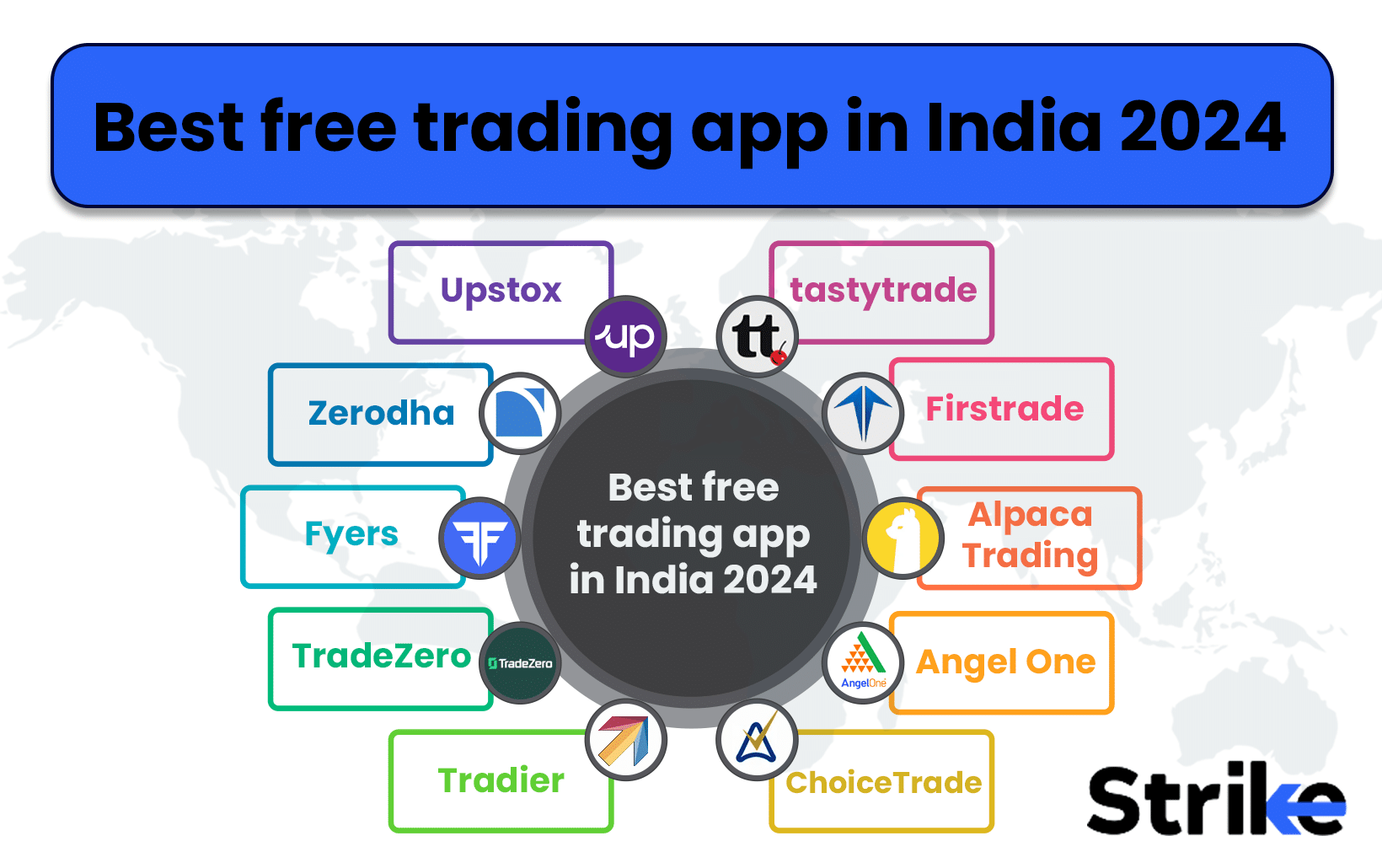
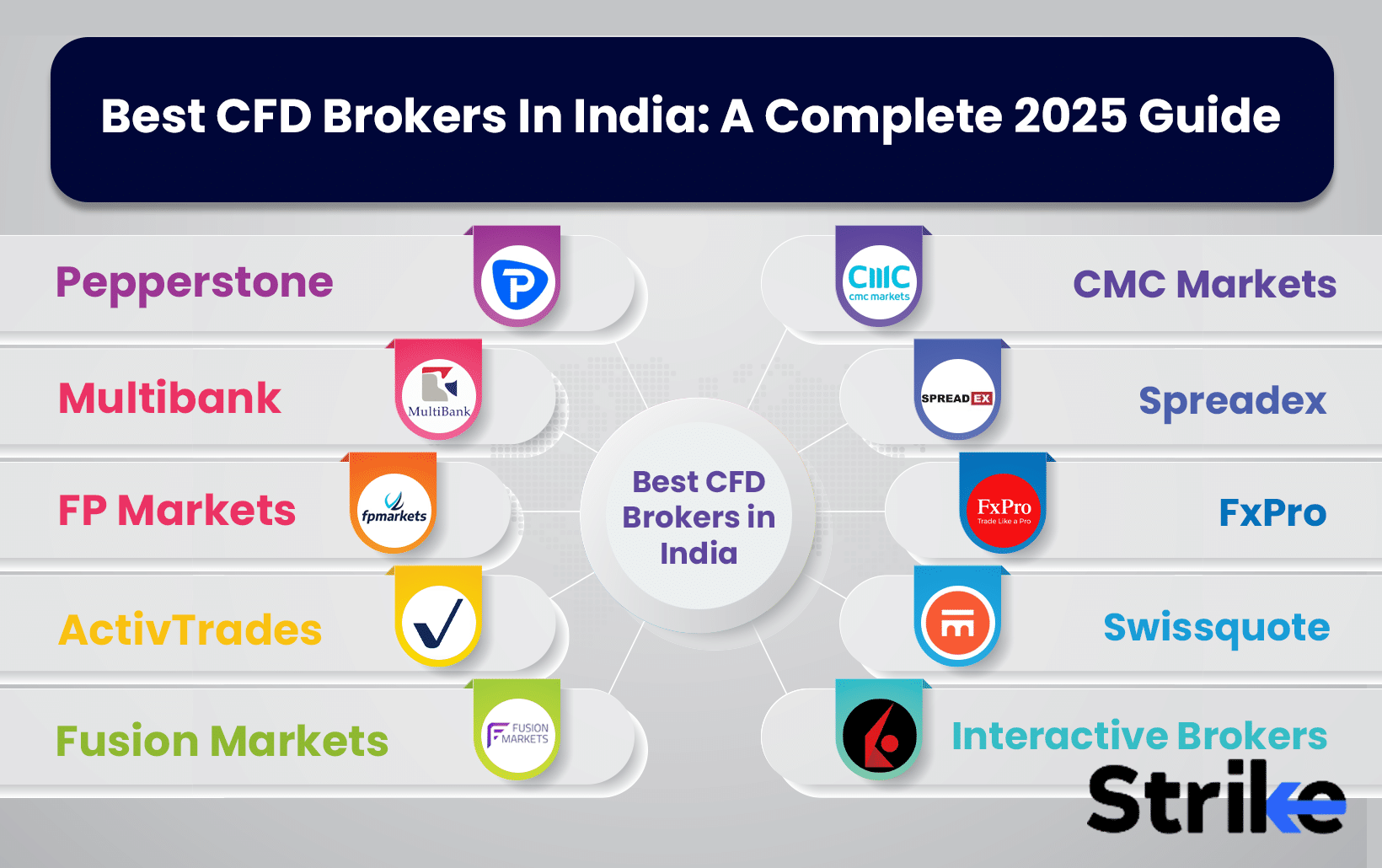
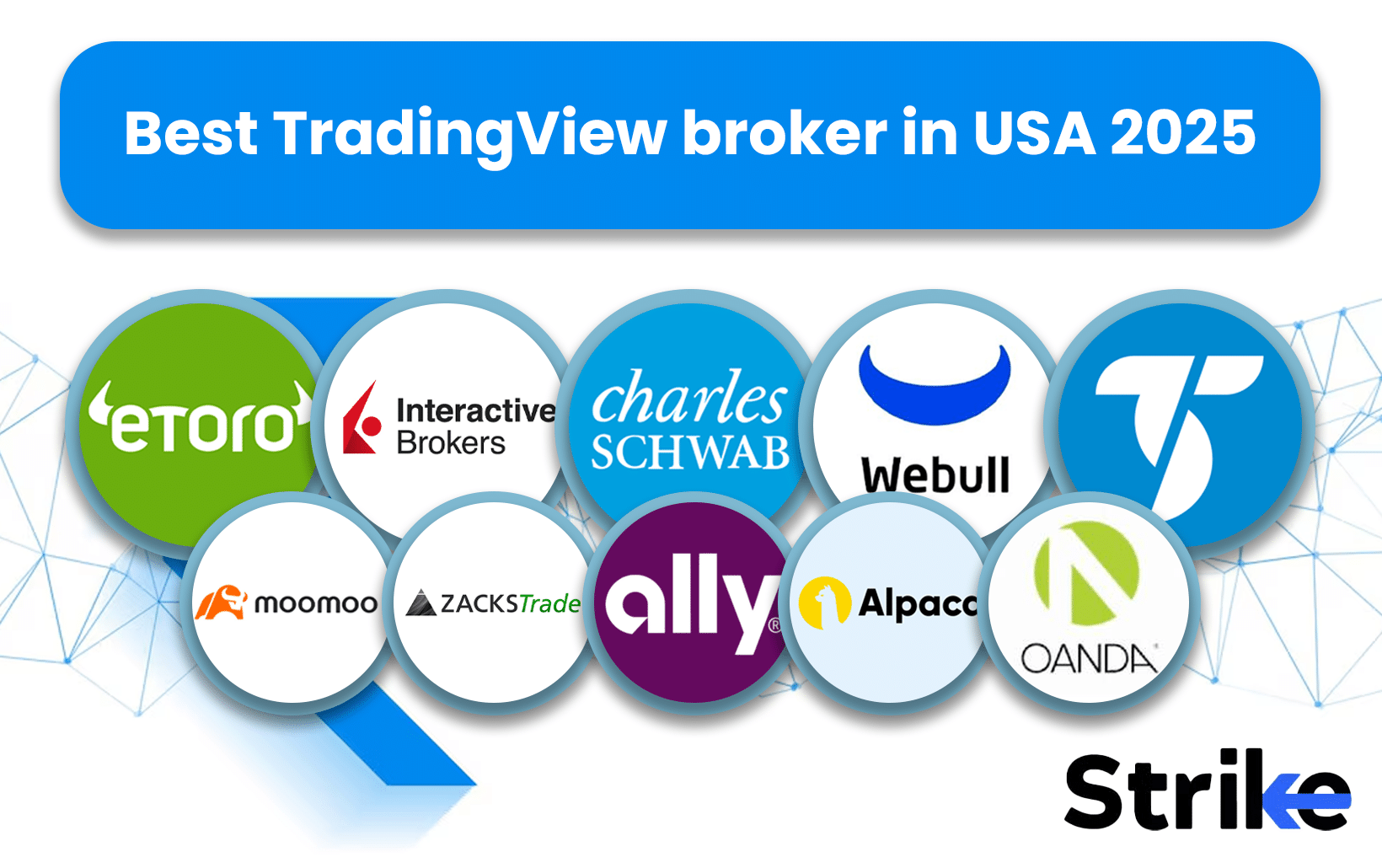
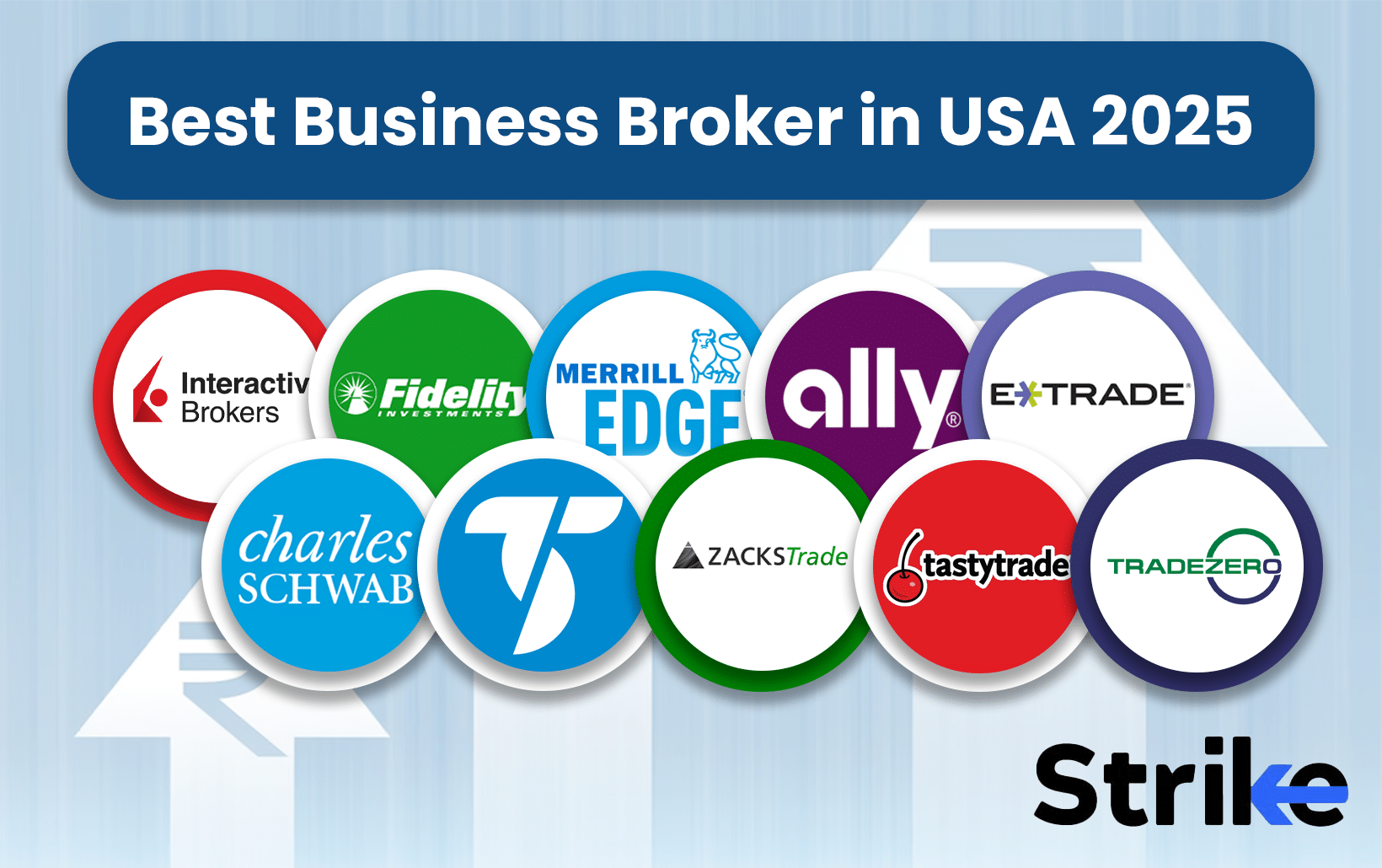

No Comments Yet